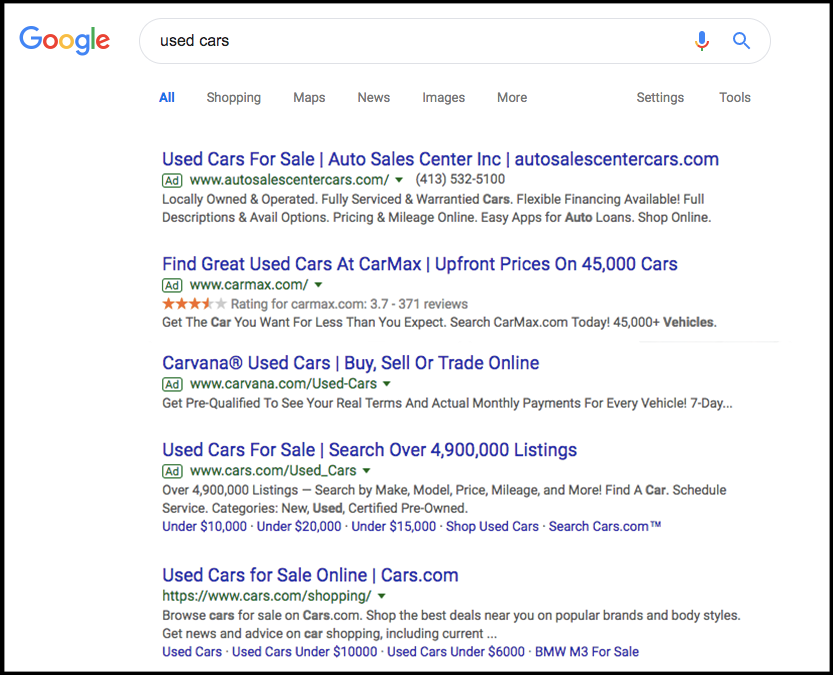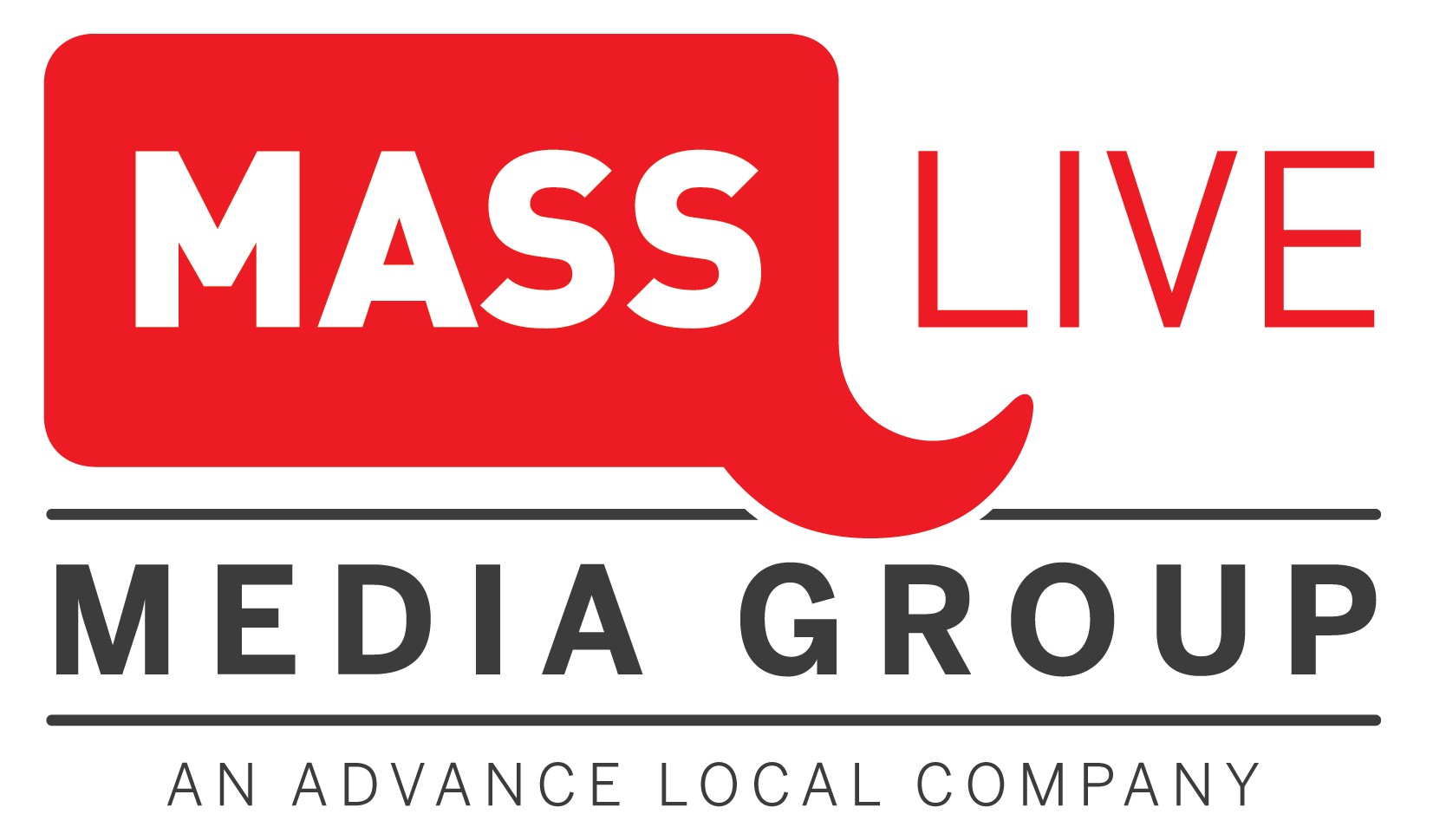Think about the last time you clicked to the third page of a Google search to find what you need. Not that often, right? That’s because advertisers are competing in a constant bidding process to have the most relevant and useful links at the top of the search page, in a form of advertising called Search Engine Marketing (SEM).
The sounds great for the consumer, but more like a hassle for the advertiser, right? Don’t let the process fool you; SEM is not only an achievable strategy, it should be one of the fundamental parts of your marketing if you want to ensure you reach your intended customer out of the 4.4 billion active internet users in the world.
Here is a breakdown of what SEM means, and how you can implement it.
Keyword Search 
Say you are a consumer looking for a used car. You go to Google and type in “used car” into the search bar. This term is what search engines refer to as keywords. The search results you see on the results page are either paid or organic. Paid (SEM) ads can be identified by the ‘ad’ designation next to the url.
SEM ads are text only ads. They include a headline, description, and display URL that all click through a designated landing page. Because these ads are prioritized through the keyword bidding, they are extremely relevant to what you are looking for.
Going Once…Going Twice…Sold!
From the advertisers perspective, a car dealership has identified “used car” as an important enough keyword that they put a bid on it. Therefore, if they are the advertiser with the highest bid for that keyword, their ‘ad’ is prioritized for the designated SEM ad space on each respective search engine. In SEM, only the top bidding advertisers with the most relevant, traffic driven ads will appear at the top.
Of one the benefits of an SEM ad for advertisers is that these ads are only paid for when they are clicked on, hence why they are called a pay-per-click solution. Advertisers also have the option to target geography, city, state, zip or coordinates in order to only show their ad to their intended geographic target.
Choosing the Right Partner
SEM ensures that your ads are seen in a search. However, not every organization has the resources to both determine the right keywords and consistently bid on them. This is where the importance of having an expert digital partner comes in. Choose a partner that can manager your campaign from start to finish and optimize it along the way to ensure you are getting the best results.
Start using SEM to get to the top of your customer segments search before your competitors get there first. Contact our digital experts, and talk about what you need can get from SEM.



 Ad Choices
Ad Choices